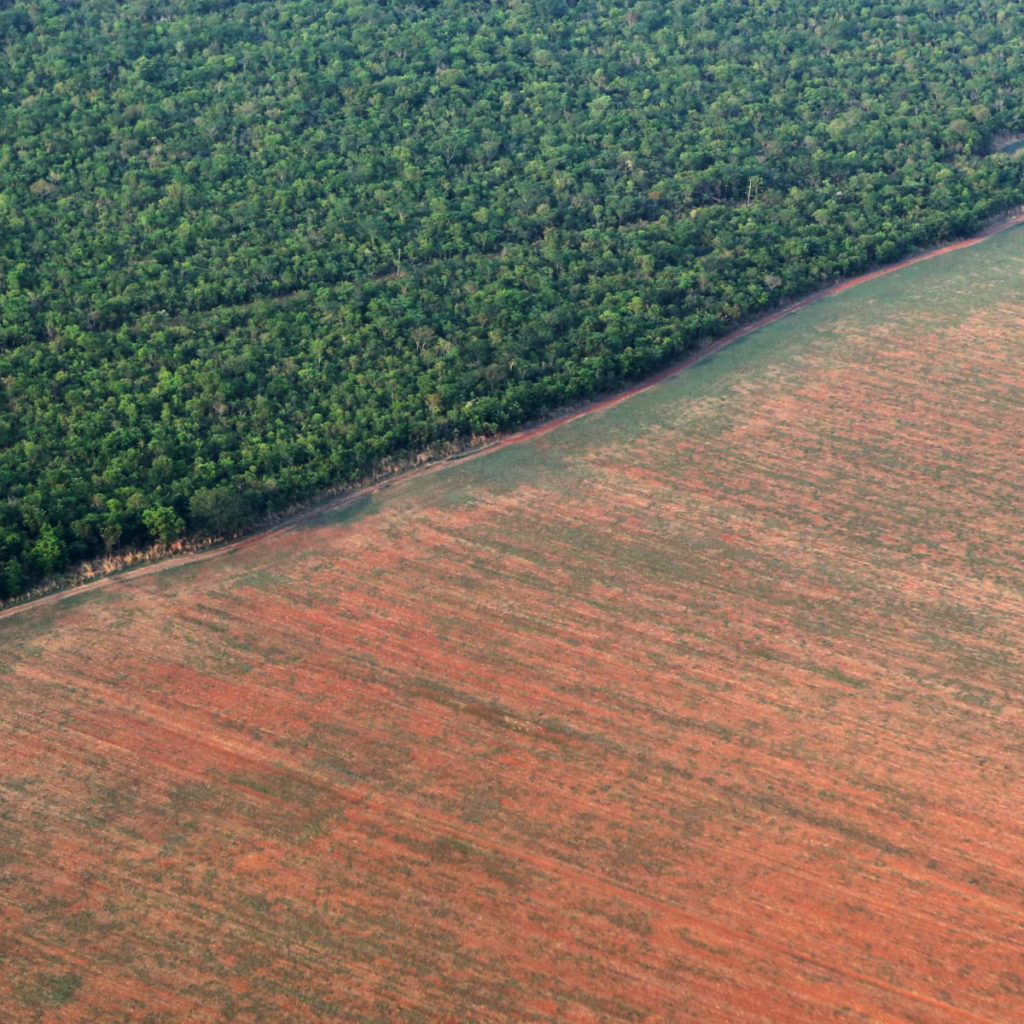Don’t feel helpless over the state of the rainforest. There are some simple things that we can all do that will reduce the rate of deforestation of the most biodiverse place on earth.
Toilet paper
Toilet paper is responsible for uprooting 27’000 trees a day including tropical hardwood trees from the rainforests. These rainforests are vital for the health of the planet and home to many critically endangered species.
Western consumers demand 4-ply thick toilet paper that’s made from virgin pulp. As more people are becoming wealthier across the earth the “luxury” toilet paper is industry is growing rapidly.

We have a vast amount of paper that could be recycled into toilet paper. It may not be as white, perfect and smooth but swapping to 2-ply recycled toilet paper will help stop deforestation. Bamboo toilet paper is also a great choice as it’s wood that grows quickly and is sustainable.
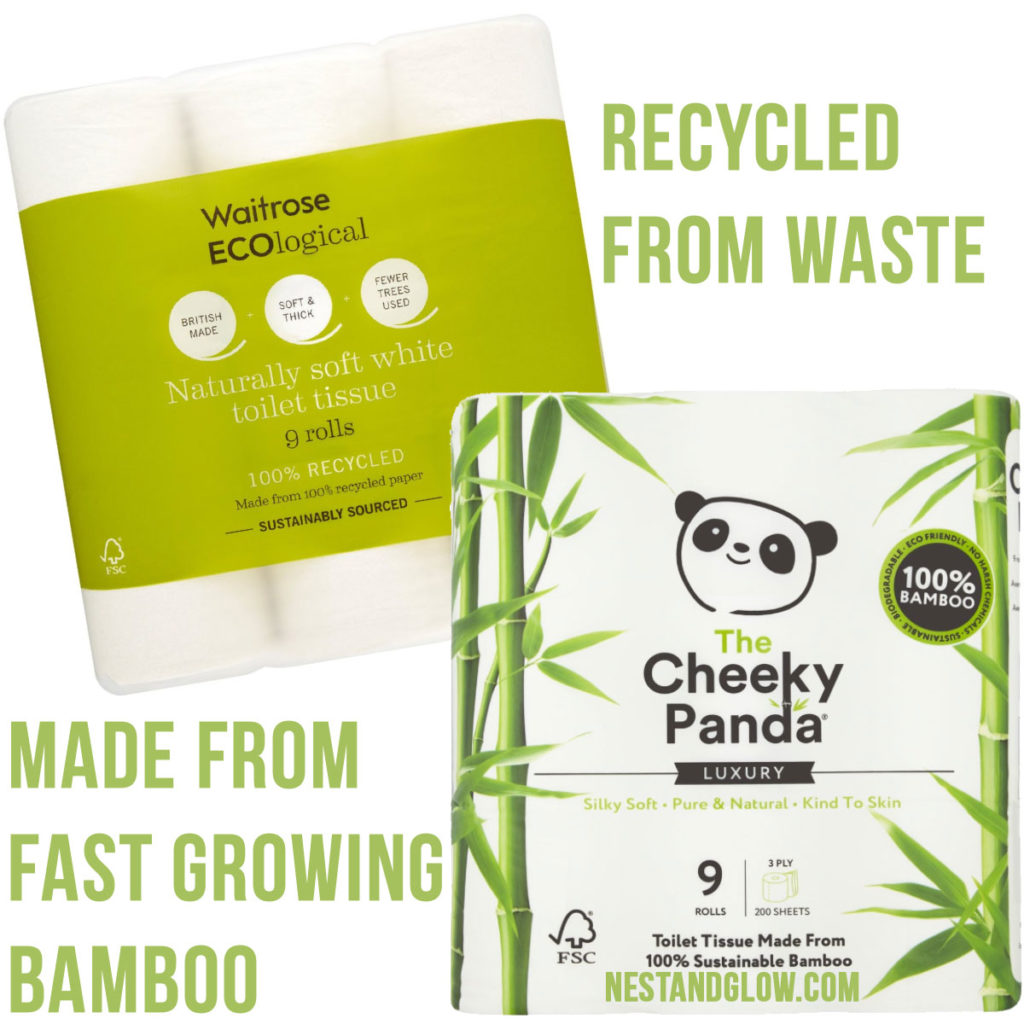
Alternatively you can go for a bum gun / bidet sprayer and use a jet of water instead. Many people once they get used to using a water spray wouldn’t go back to paper and it’s more hygienic. Although you may still want to use a single piece of toilet paper to dry. All steps that help to reduce add up to a change.
Soybeans
It almost goes without saying that soy beans are responsible for rainforest deforestation, but hear me through as this important point is missed.
Vegans are not eating all the soy beans that are grown after cutting down the rainforest! It’s very easy to blame the people that buy products from the store with soy in the name but the truth is meat-eaters are eating most of the soybeans!
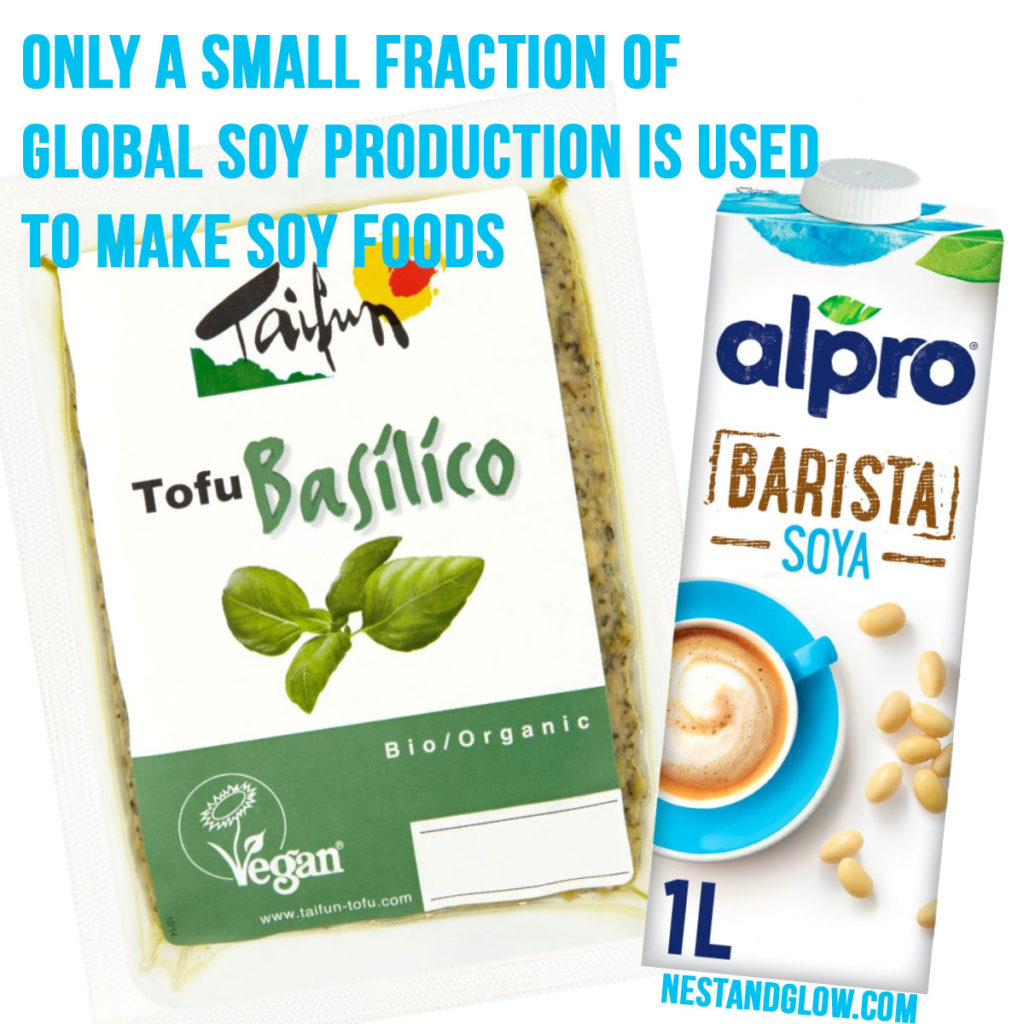
The vast majority of soybeans are used for either animal feed or a cheaply bulk out mass-produced products – often meat products.
As soy is high in protein and fibre it’s popular as an animal feed and around 35% of soy is used to feed cows, pigs and poultry.
I worked in a Pizza shop as a (vegan) student and was surprised that the beef and pork chunks contained more soy than meat, but it now makes sense. Mass produced products are full of soy to bulk up and increase profits.
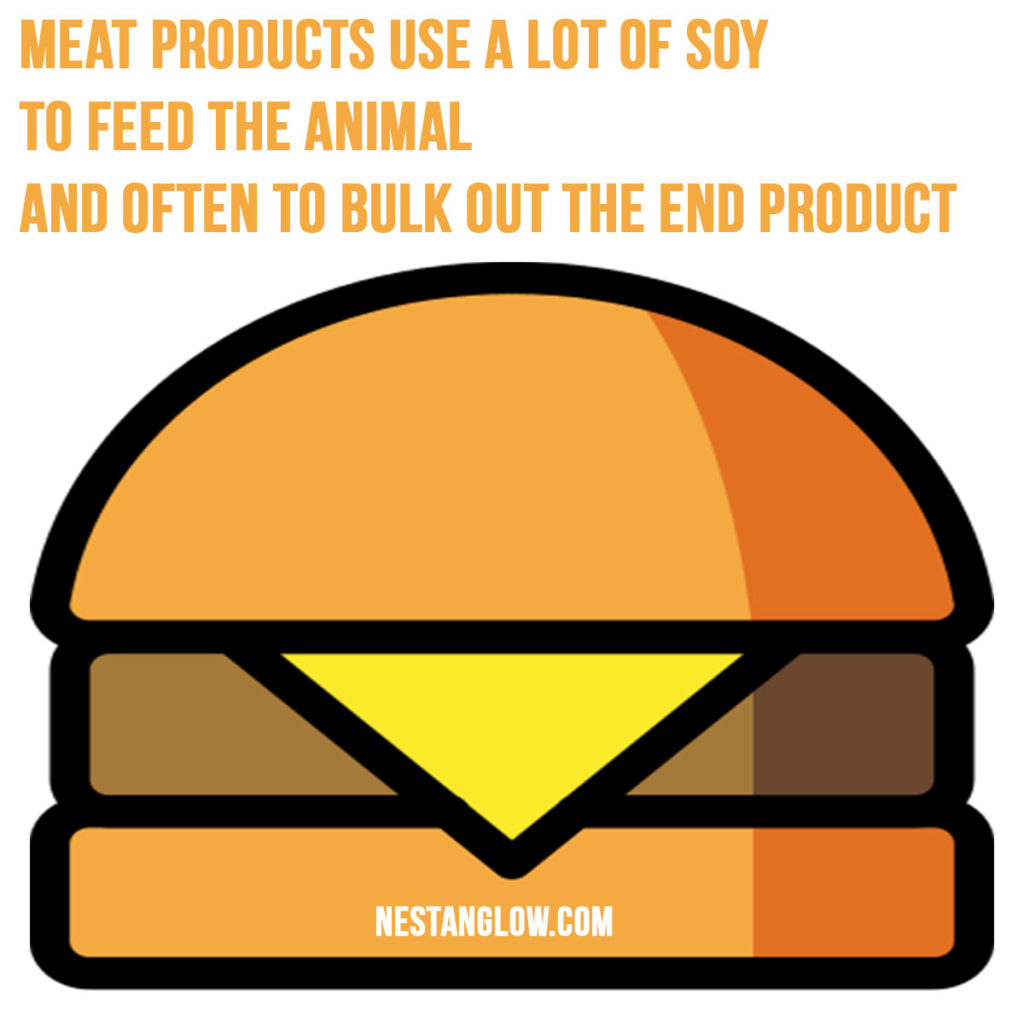
Most vegan soy products are made from organic and high quality soy beans that are unlikely to have been grown in swathes of the rainforest that were cut down. The soy used to produce meat cheaply and bulk out foods is the low-quality soy beans that will be bought from wherever they are cheapest, and this is often the rainforest as in the short term they can be grown for a good profit margin.
If you’re buying a soy product check with the manufacturer about where they source their soy beans from so you know it’s not contributing to deforestation.
The next time someone says vegans and soy beans are bad for the rainforest you can now be informed to tell them cows milk uses far more soy beans (per litre and in total volume) than soy milk!
Unsustainable Palm Oil
Everyone knows palm oil is bad but this is only the unstainable kind.
Palm oil is very high yielding, making it a very lucrative crop and the #1 reason for Indonesian deforestation.
If palm oil is grown sustainably it can be good choice for the environment to lessen your impact because of the high yield per land usage.
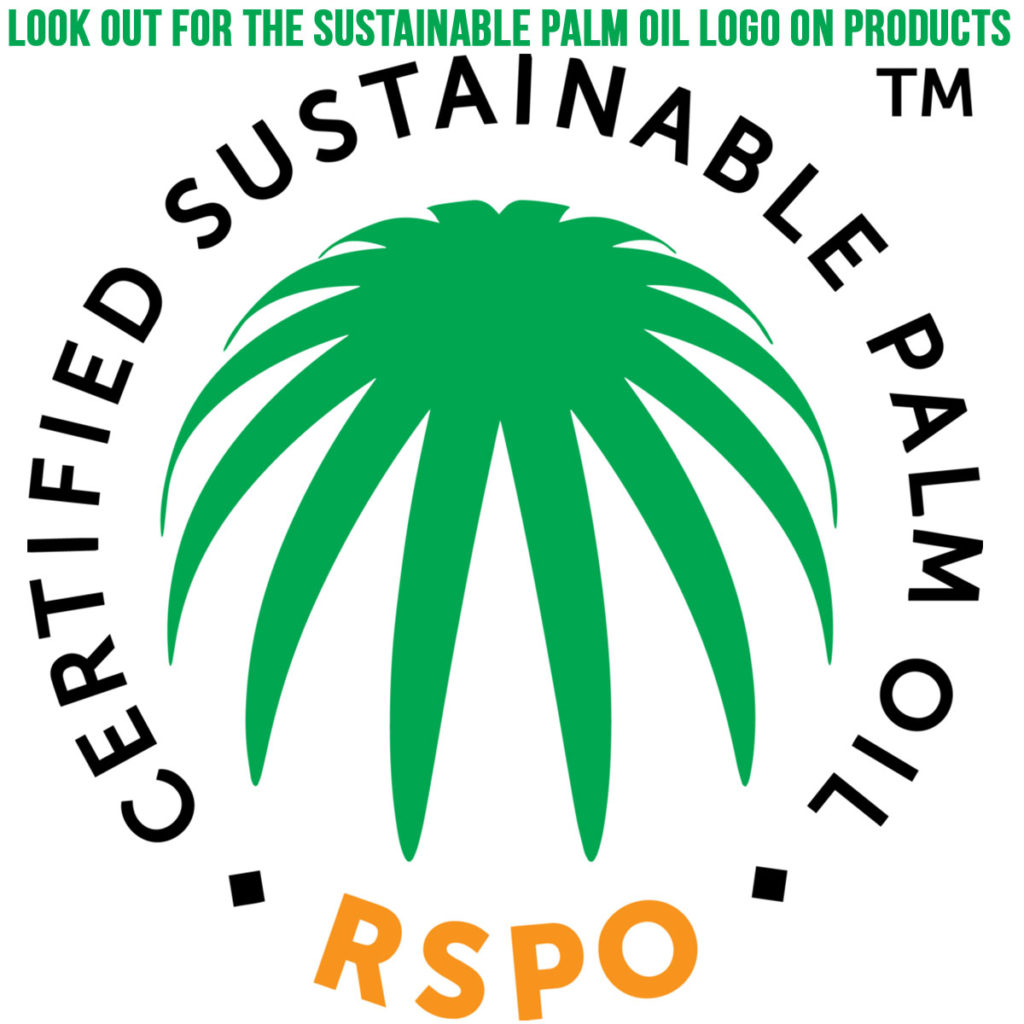
Sustainable palm oil can be an effective way to produce oil for commercial purposes that makes use of land that isn’t biodiverse rainforest.
The Rainforest Biome at the Eden Project has an exhibition to illustrate the importance of sustainable palm oil.
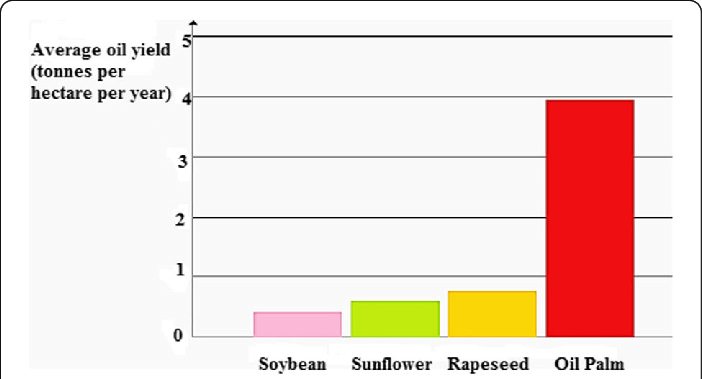
If it doesn’t say sustainable palm oil on the packet it won’t be. Only buy products that expressly say the palm oil is sustainable.
Cocoa
The chocolate bean is one of the most common crops that’s grown on illegally deforested land.
Cocoa comes from the theobroma cacao tree and only grows within 15 degrees north or south of the equator. Countries like Ghana produce cocoa that’s all for export and this one cocoa makes up 64% of all exports.
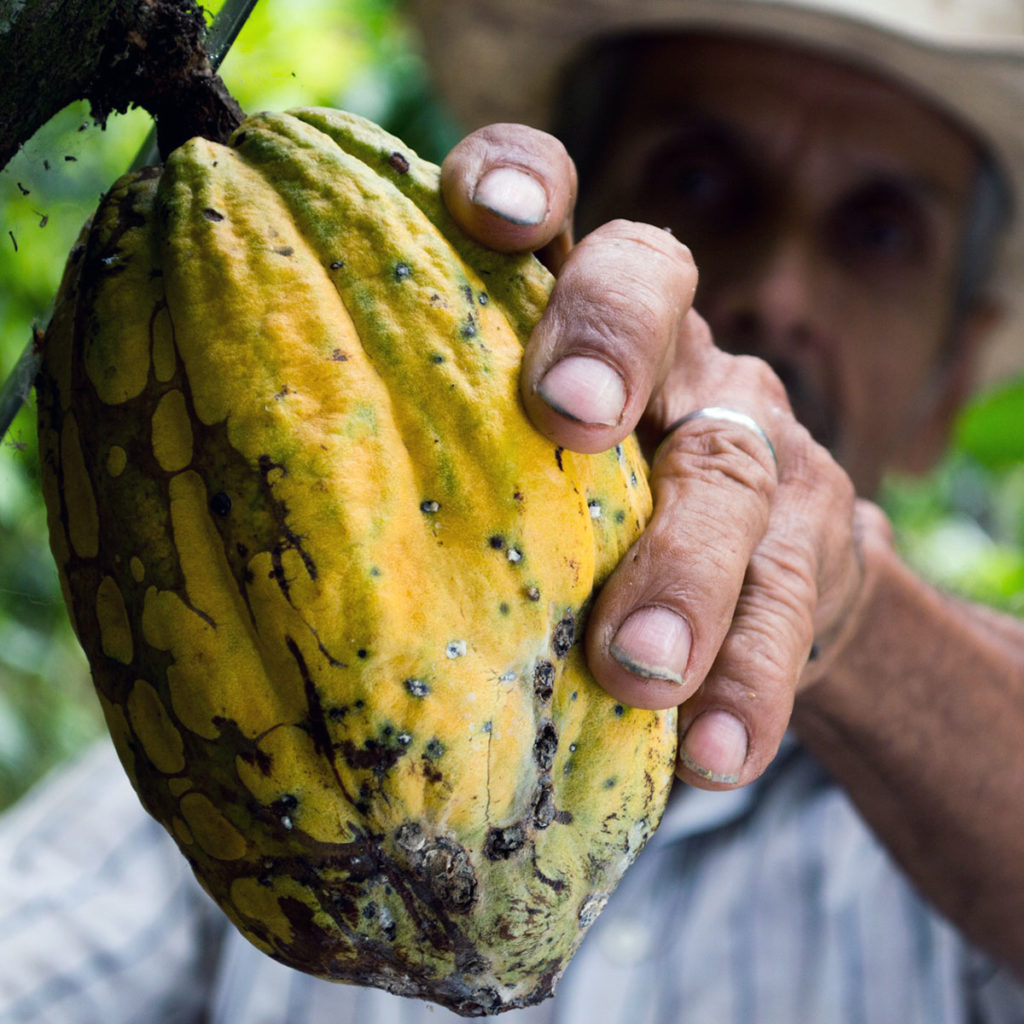
As the worlds appetite for chocolate products is increasing cocoa farmers are turning to unstable and damaging practices in order to meet the cocoa demand.
However the great news is cocoa is one of the easiest products to buy that is fairly traded and so ethically sourced.
Beef
As Nest and Glow is a vegan site with 100’s of vegan recipes I have to mention the worst animal product in this article.
As the middle classes across the world grows meat is still seen as an aspirational food.
Beef is the worst animal product for deforestation.
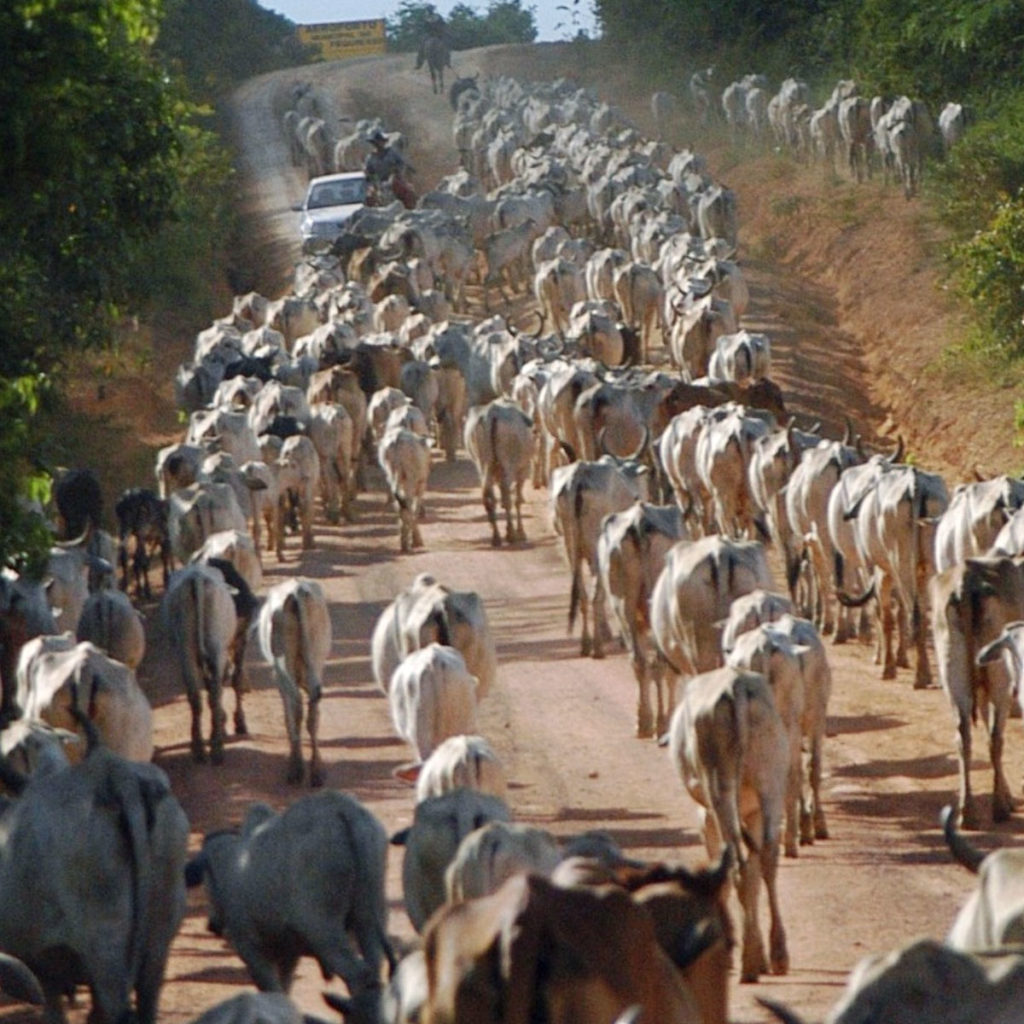
Large parts of the Brazillian rainforest have been cut down in order to farm animals to meet the demand for this red meat.
The rainforest is burnt in order to clear for a cattle ranch and would take hundreds of years to recover. After a few years all the nutrients from the slash and burnt former rainforest soil are depleted and the deforested land is useless.
Compounding with the earlier mention of soybeans that are used to feed beef cattle makes beef the worst animal product for deforestation.
Final Thoughts on Products To Reduce The Rate Of Rainforest Deforestation
It can be pretty depressing seeing the rate at which the most biodiverse part of the planet is being destroyed forever.
But a few changes we can all make can help slow down the process.
All of these switches can be done instantly and us all together making changes adds up to a big change.
- Use recycled 2-ply toilet paper
- Only buy products with sustainable palm oil
- Buy fairly and ethically sourced cocoa
- Eat less / or no beef
- Buy less processed products with soybeans and less animal products
Let me know what you think of this article about products to avoid to help the rainforest in the comments below and any more tips you have to help people.
References
- Toilet paper is responsible for 27’000 trees a day –https://blog.nationalgeographic.org/2010/04/16/toilet-paper-wipes-out-27000-trees-a-day/
- Toilet paper tests show they are using tropical hardwood – https://wwf.panda.org/wwf_news/?201389
- 35% of soybeans for cattle feed & 45% of soybeans for human food – https://sustainablefoodtrust.org/articles/dairy-cows-livestock-behind-growth-soya-south-america/
- 90% of the worlds palm oil comes from Indonesia and Malaysia – https://www.rainforest-rescue.org/topics/palm-oil/questions-and-answers
- Oil palm production efficiency compared to other major oil crops – https://www.researchgate.net/publication/318828933_Microwave_pyrolysis_of_lignocellulosic_biomass–a_contribution_to_power_Africa
- Cocoa farmers using unsustainable practices to keep up with demand – https://en.wikipedia.org/wiki/Environmental_impact_of_cocoa_production

